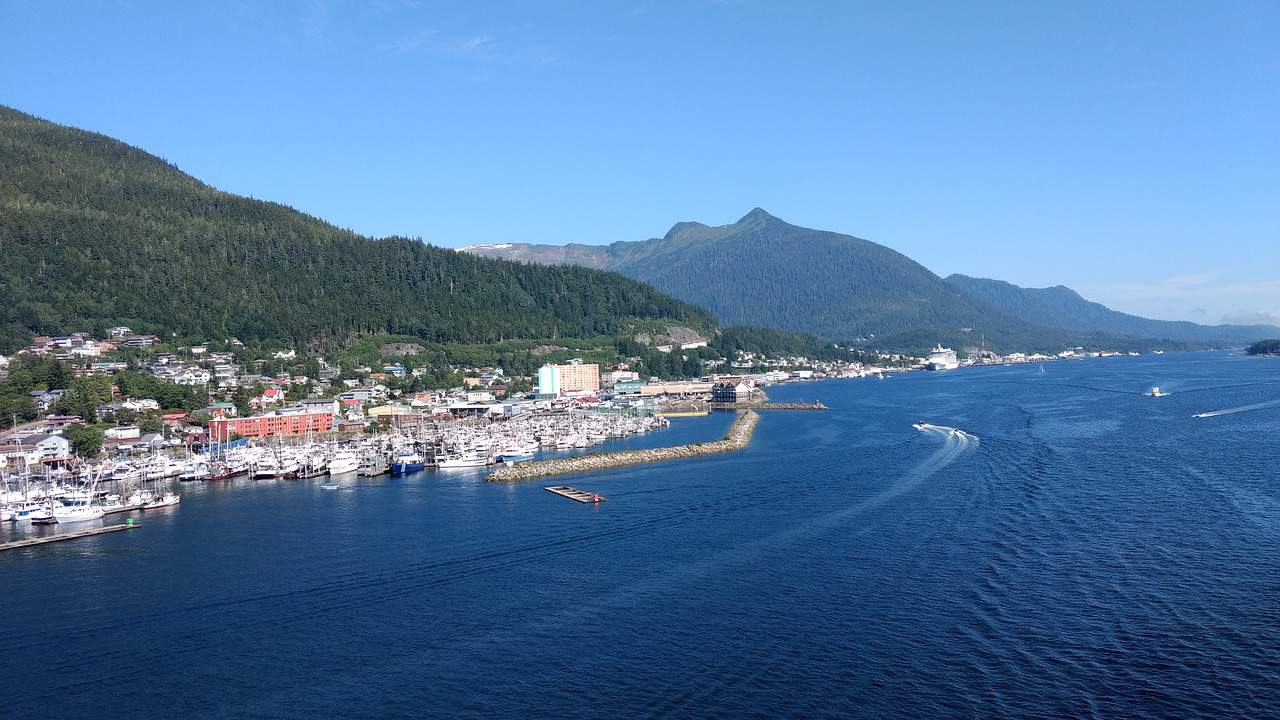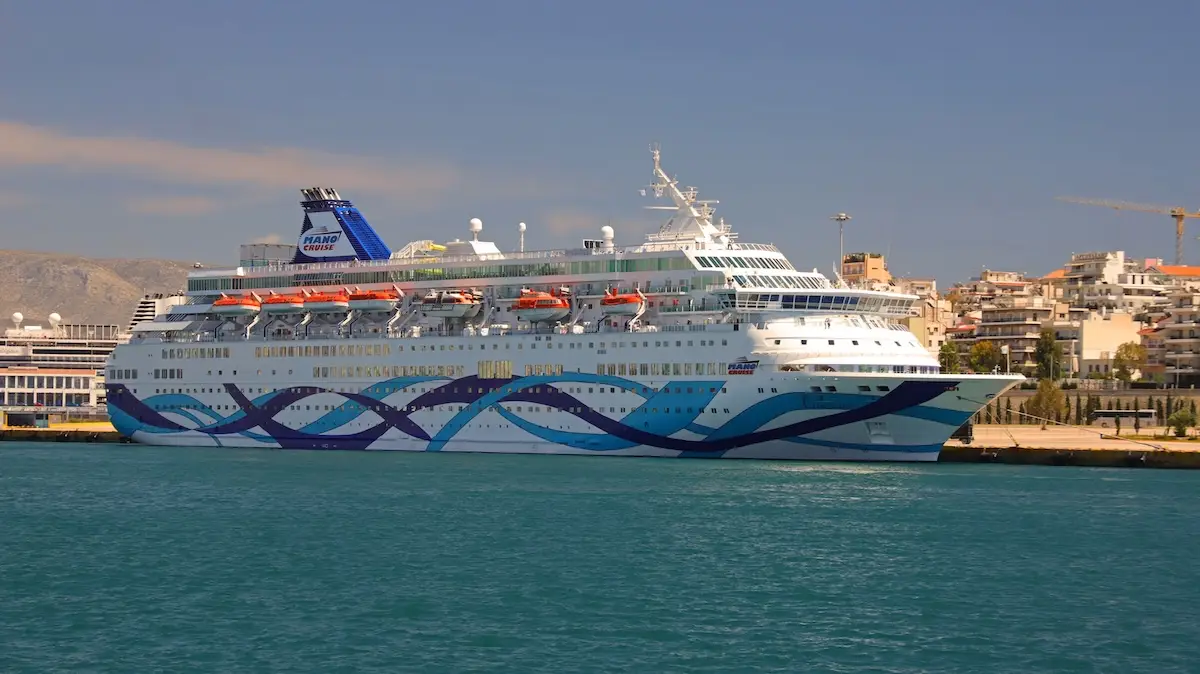A chance underwater encounter has reignited concerns over the environmental impact of cruise ships in Antarctica. Underwater videographer and scientist Matthew Mulrennan documented “deep grooves” on the seabed, likely caused by ship anchor chains.

“You could clearly see this delineation between where there was abundant marine life and where the chain and anchor had disrupted the sea floor,” Mulrennan said, who was looking to film marine wildlife at the time.
It is among the first video evidence of environmental damage in the region.
It was documented in a report published by Frontiers in Conservation Science.
Mulrennan, a marine scientist and founder of conservation group Kolossal, recorded the footage in 2023 during an Antarctica cruise.
It is thought that around 4,000 species inhabit Antarctic water, and around 90% are unique to the region.
“Wildlife there is very vulnerable. Some grow to extreme years of age, including giant volcano sponges, which we found right next to the anchor damage,” Mulrennan said.
Signs of Seabed Damage Confirmed by Expert

After witnessing the seabed damage, he contacted an expert from the New Zealand National Institute of Water and Atmospheric Research, who confirmed his theory.
Mr Mulrennan and the scientist, Dr Sally Watson, say the findings elevate concerns about anchoring by cruise ships as well as research vessels and commercial fishing boats.
“We don’t know the footprint of anchoring within the Antarctic Peninsula, so it could be a pretty extensive issue for the sea floor,” Dr Watson said.
Based on the minimal data she was able to access, Dr Watson estimated about 1,600 meters of seabed would be impacted if each vessel anchored in 30–40 meters deep water.

“The insights provided will be shared to support our commitment to safe and environmentally responsible operations in the Antarctic region.” said Lisa Kelley, executive director of the International Association of Antarctica Tour Operators.
It comes as a recent report suggests a big increase in cruise ship traffic over the next decade to more than 450,000 cruisers a year.






